Force Coordination

How do the principles of sports biomechanics differ between individual and team sports ?
This text discusses the principles of sports biomechanics in individual and team sports. It highlights the differences in kinematics, kinetics, and coordination between the two types of sports. In individual sports, there is a focus on precision, technique optimization, and personal performance, while team sports emphasize strategic interactions, group coordination, and adaptability to complex game situations. The text concludes by emphasizing the importance of understanding these distinctions for coaches and athletes to tailor their training approaches to best suit the specific demands of their chosen sport.

How does sleep impact reaction time and coordination in sports ?
Sleep is a critical determinant of athletic performance, significantly influencing reaction time and coordination. Adequate rest is crucial for muscle recovery and cognitive functions after daytime activities. Studies show that approximately 50%-78% of elite athletes suffer from some form of sleep disorder, with about 25% experiencing severe disorders. Shortened sleep duration negatively affects athletic abilities such as strength and anaerobic capacity. It also increases the risk of injuries by up to 1.7 times in those sleeping less than 8 hours per night. Proper sleep enhances cognitive functions, including decision making and reaction time, which are critical for success in sports. Sleep plays a vital role in the consolidation of motor skills, essential for coordination and precision in sports. Adequate sleep can reduce injury risks by up to 60%, suggesting better muscle recovery and maintenance of physical coordination. Short naps (20-30 minutes) can significantly improve alertness, attention, and overall mental state, leading to better performance. For athletes with sleep deficits, naps have been shown to ameliorate physiological and cognitive conditions, enhancing athletic performance. Combining a short nap with caffeine consumption can be an effective strategy to reduce post-lunch drowsiness and boost afternoon performance. Athletes aged 25 and above tend to report poorer sleep quality than their younger counterparts, indicating varying sleep needs across different age groups. Female athletes are more likely to experience sleep issues, necessitating tailored sleep strategies. Youth athletes should aim for 8 to 10 hours of sleep to support their developmental needs, while adult athletes should target 7 to 9 hours of sleep to ensure adequate recovery and performance optimization.
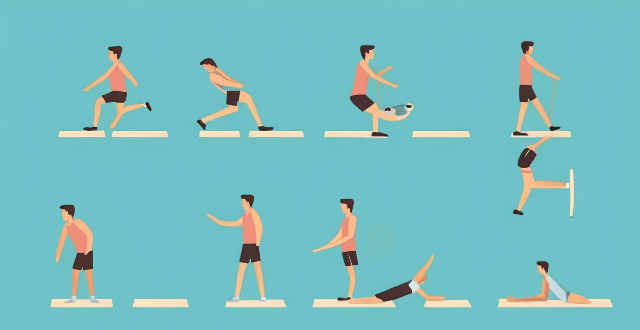
How do force vectors influence an athlete's movement in sports biomechanics ?
Force vectors play a crucial role in sports biomechanics. The magnitude and direction of force vectors determine an athlete's acceleration, deceleration, and direction of motion. There are several types of force vectors, including internal, external, contact, frictional, and elastic forces. Understanding how these force vectors influence an athlete's movement is essential for improving performance and preventing injuries in sports. Coaches and athletes can use this knowledge to optimize their training programs and techniques.

How do immigration policies affect the labor force participation of immigrants ?
Immigration policies significantly impact the labor force participation of immigrants by determining their legal status, access to services, family reunification, economic opportunities, and protection from discrimination. Policies that provide work permits, authorization to work, language training, education and training programs, healthcare, social safety nets, family support, childcare options, business opportunities, self-employment regulations, equal employment opportunities, and protection from exploitation can all contribute to successful integration of immigrants into the workforce. This benefits both the immigrants and the host country's economic growth and development.

How does sports affect the physical development of adolescents ?
Sports during adolescence positively impact physical development by enhancing muscular strength, improving bone density, promoting coordination and balance, managing body composition, benefiting cardiovascular health, and fostering mental well-being. Additionally, they encourage active lifestyle habits and social interaction, setting a foundation for lifelong health and wellness.

What is the TCFD (Task Force on Climate-related Financial Disclosures) ?
The Task Force on Climate-related Financial Disclosures (TCFD) is an initiative by the Financial Stability Board aimed at standardizing how companies report climate-related financial impacts. It covers four main areas: governance, strategy, risks and opportunities, and metrics and targets. By adhering to TCFD guidelines, companies can enhance transparency, improve risk management, align with sustainable development goals, and boost their reputation among stakeholders.

How does understanding joint mechanics contribute to improving athletic performance through sports biomechanics ?
Understanding joint mechanics is crucial for improving athletic performance in sports biomechanics. By optimizing movement patterns, preventing injuries, enhancing force production, and improving stability, athletes can achieve greater success in their chosen sports. Sports biomechanists analyze an athlete's joint mechanics to develop targeted training programs that improve joint function and overall performance. Advances in sports technology provide real-time feedback on joint mechanics during training and competition, allowing athletes to fine-tune their technique and make adjustments to their training program as needed.

Which economic indicators are used to measure the health of the labor market ?
The health of the labor market is crucial for any economy, and several economic indicators are used to measure it. These include the unemployment rate, employment growth, labor force participation rate, wage growth, and job openings and vacancies. The unemployment rate measures the percentage of the labor force that is unemployed but actively seeking work, while employment growth refers to the number of new jobs created over a specific period. The labor force participation rate measures the percentage of working-age individuals who are either employed or actively seeking employment, and wage growth reflects the earning power of workers. Job openings and vacancies provide insight into the demand for labor within the economy. By monitoring these indicators regularly, stakeholders can identify trends and potential issues early on, allowing them to take proactive steps to address any challenges and promote a healthy labor market.
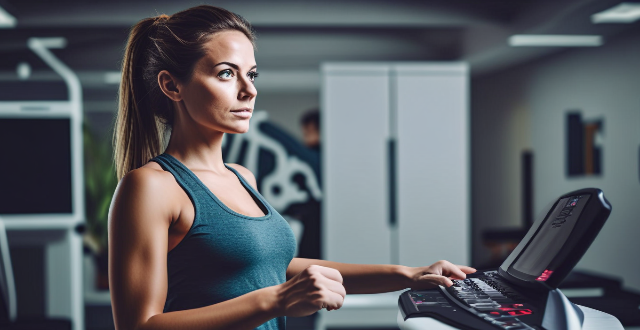
What role does kinetics play in the study of sports biomechanics ?
Kinetics is a key aspect of sports biomechanics, focusing on forces and motions in physical activity. It aids in understanding how athletes generate power, control movements, and enhance performance. Key points include force analysis (internal and external), energy considerations (potential, kinetic, work, and power), movement efficiency (mechanical advantage, joint reaction forces, ground reaction forces), injury prevention and rehabilitation (overuse and traumatic injuries, rehab programs), and performance optimization (technique analysis, equipment design, training methods). Overall, kinetics helps coaches, athletes, and researchers make informed decisions about training, equipment, and technique to achieve safe and effective goals.

In what ways do factors like body composition and flexibility affect sports biomechanics ?
In sports biomechanics, body composition and flexibility are crucial factors affecting performance. Increased muscle mass and a high strength-to-weight ratio enhance power in weightlifting and sprinting. A lower fat percentage improves aerodynamics and reduces energy expenditure in endurance activities. Higher bone density offers better support in impact-heavy sports. Greater flexibility increases the range of motion, preventing injuries and improving efficiency in rapid movements. Optimal body composition and flexibility can significantly improve an athlete's performance and reduce injury risk.

What is sports biomechanics and how does it apply to athletic performance ?
Sports biomechanics is a subdiscipline that applies mechanics principles to study human movement in sports and exercise. It focuses on how forces and motion affect the body during physical activity, combining knowledge from physics, biology, engineering, and other areas for understanding and improving athletic performance. Key concepts include kinematics, kinetics, and dynamics. Applications of sports biomechanics include injury prevention through gait analysis and movement optimization; technique improvement via motion analysis and force plates; equipment design considering ergonomics and material science; training programs that incorporate resistance, flexibility, and stability training; performance analysis using data analysis and feedback systems; and recovery strategies like physical therapy and rest-activity balance.
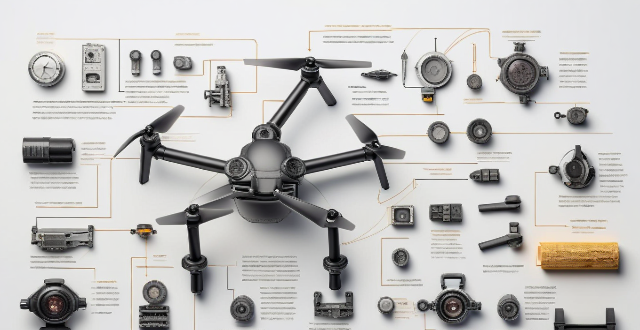
What kind of equipment is needed for sports technology analysis ?
The article discusses the various types of equipment needed for sports technology analysis, including video cameras, wearable devices, force plates, radar guns, and software applications. These tools are essential for capturing and processing data effectively to gain insights into athletes' performances and help coaches make informed decisions.

How does climate change influence the operational environments for defense forces ?
Climate change is significantly impacting the operational environments for defense forces, affecting military planning, strategy, and tactics. Extreme weather events are becoming more frequent, requiring defense forces to manage or support disaster response operations. Changes in terrain and landscape due to melting ice caps and rising sea levels can affect military operations. Climate change can exacerbate social tensions and conflicts over resources, leading to internal displacement and potential security threats. Health risks and disease spread can expand due to changes in temperature and rainfall patterns. Energy requirements and logistics may need adjustments in operational environments affected by climate change.

Is weight-bearing exercise really necessary for bone health ?
Weight-bearing exercises are often recommended for maintaining bone health, but is it really necessary? Let's explore this topic in detail. Weight-bearing exercises include any activity that requires you to carry your own body weight, such as walking, jogging, dancing, climbing stairs, and weightlifting. These exercises can help strengthen bones and muscles, improve balance and coordination, and reduce the risk of falls. Maintaining healthy bones is crucial for overall health and well-being. Strong bones provide support and protection for your body, allowing you to move with ease and perform daily activities without pain or discomfort. Additionally, having strong bones can help prevent fractures and other injuries. Weight-bearing exercises have numerous benefits on bone health, including stimulating bone growth, improving bone density, reducing the risk of falls and injuries, and promoting overall health and well-being. However, there are some alternatives to weight-bearing exercise that may be beneficial for people who cannot engage in these types of activities. These include resistance training, yoga or Pilates, and swimming. In conclusion, weight-bearing exercises are highly recommended for maintaining bone health due to their numerous benefits on bone growth, density, and overall health and well-being. However, there are alternative exercises that may be beneficial for people who cannot engage in weight-bearing activities. It's always best to consult with a healthcare professional before starting any new exercise program.

What kind of equipment do sports rehabilitation centers use in their treatments ?
Sports rehabilitation centers employ a range of equipment to aid athletes in injury recovery and performance enhancement, including therapeutic modalities like hot/cold packs, ultrasound, electrical stimulation, and laser therapy. Manual therapy tools such as foam rollers, massage tables, spinal traction tables, resistance bands, and weights are used. Rehabilitation machines include treadmills, exercise bikes, ellipticals, and rowing machines. Assessment tools encompass gait analysis systems, force plates, range of motion devices, and strength testing equipment. The variety of equipment is chosen based on the individual needs of the injured athlete, the type of injury, and the phase of recovery.

How can coaches use sports biomechanics to optimize training programs for their athletes ?
How coaches can use sports biomechanics to optimize training programs for their athletes, including improved technique, injury prevention, and enhanced performance. Steps to integrate sports biomechanics into training programs include assessing the athlete's baseline performance, analyzing their technique, designing a customized training program, monitoring progress and making adjustments, and incorporating technology into training sessions. Examples of how sports biomechanics can optimize training programs include strength training, running mechanics, and swimming technique.
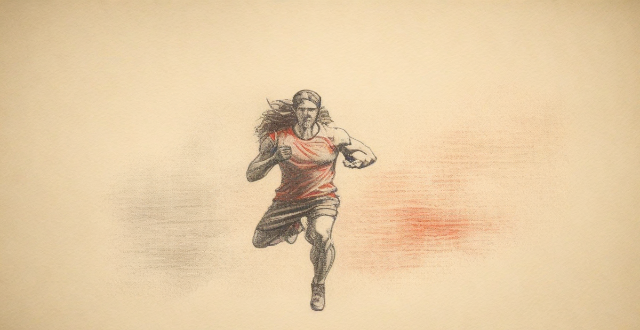
What are the benefits of incorporating strength training into a sports-specific program ?
Incorporating strength training into a sports-specific program can provide numerous benefits for athletes, including improved athletic performance, reduced risk of injury, enhanced recovery and rehabilitation, improved body composition, increased bone density, and mental health benefits. By prioritizing strength training alongside sport-specific skills and drills, athletes can optimize their overall fitness and performance.
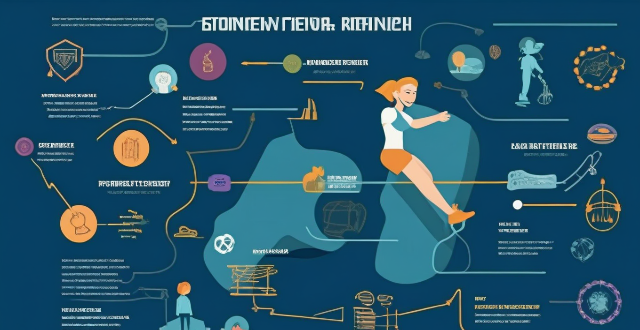
How can sports research and development help prevent injuries ?
Sports research and development can help prevent injuries by understanding injury mechanisms, developing prevention strategies, and utilizing technology and education. Biomechanics studies and epidemiological research provide insights into how forces affect the body during physical activity and identify common factors that contribute to injuries. Based on these findings, sports scientists can design training programs that target specific areas of the body, improving strength, flexibility, and endurance. Technology and equipment advancements also play a role in protecting athletes from injury. Educating coaches, athletes, and parents about proper technique and safe training practices is essential for creating a culture of safety. Overall, sports research and development are crucial for minimizing the risk of harm and promoting a safer environment for all participants.
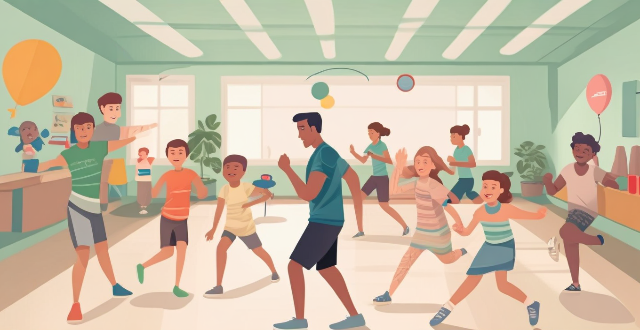
What types of sports are best for promoting motor skills in young children ?
This article explores the importance of motor skills in children's development and highlights four sports—soccer, gymnastics, swimming, and dance—that effectively promote these skills. Each sport offers unique benefits, including improved gross and fine motor skills, coordination, balance, strength, flexibility, and emotional development. Engaging young children in these activities can significantly contribute to their overall growth and well-being.

How does hydration affect physical activity ?
Hydration is crucial for physical activity, affecting performance, endurance, and well-being. It regulates body temperature through sweating and heat tolerance, supports energy production and recovery, lubricates joints, maintains blood volume for heart function, and ensures mental clarity. Dehydration can lead to decreased performance, impaired thermoregulation, cardiovascular strain, and reduced cognitive abilities. To maintain hydration during physical activity, strategies include pre-activity hydration, regular fluid intake during exercise, post-activity rehydration, electrolyte balance, monitoring urine color, listening to thirst signals, and avoiding diuretics.
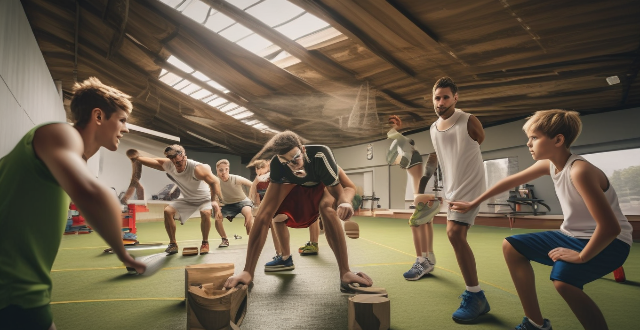
How does sports biomechanics address the unique challenges faced by athletes with disabilities ?
Sports biomechanics plays a crucial role in addressing the unique challenges faced by athletes with disabilities. It helps optimize their performance, enhance their training, and improve their overall well-being through customized equipment design, gait analysis and rehabilitation, sport-specific technique optimization, inclusive sports development, and education and advocacy efforts.

How do communication satellites contribute to disaster response and relief efforts ?
Communication satellites are vital for disaster response and relief efforts, providing real-time information, surveillance, coordination, emergency communications, and aiding search and rescue operations. They enable quick decision-making and efficient resource allocation during emergencies.

Is it safe for elderly people to engage in high-intensity workouts ?
The safety of high-intensity workouts for elderly people depends on various factors such as health status, fitness level, balance and coordination, recovery time, and necessary modifications and adaptations. It is essential to consult with a healthcare professional before starting any exercise program.
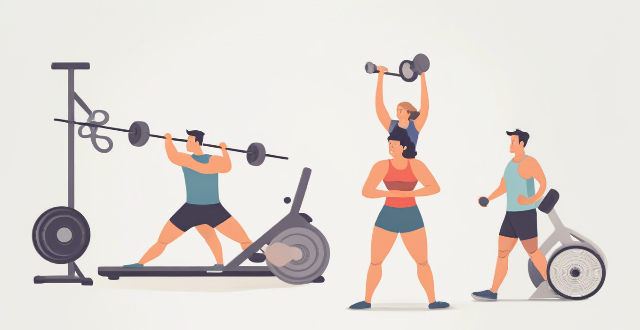
What are the best exercises for recovering from a sports injury ?
Recovering from a sports injury requires a combination of exercises that focus on flexibility, strength, cardiovascular fitness, stretching, and balance/coordination. Range of motion exercises help maintain joint flexibility, while strengthening exercises build muscle strength around the injured area. Cardiovascular exercises improve circulation and promote healing, while stretching exercises reduce stiffness and improve flexibility. Balance and coordination exercises improve stability and prevent future injuries. Incorporating these exercises into your rehabilitation program can speed up recovery and return to sport. It is important to consult with a physical therapist or healthcare professional before starting any new exercise program.